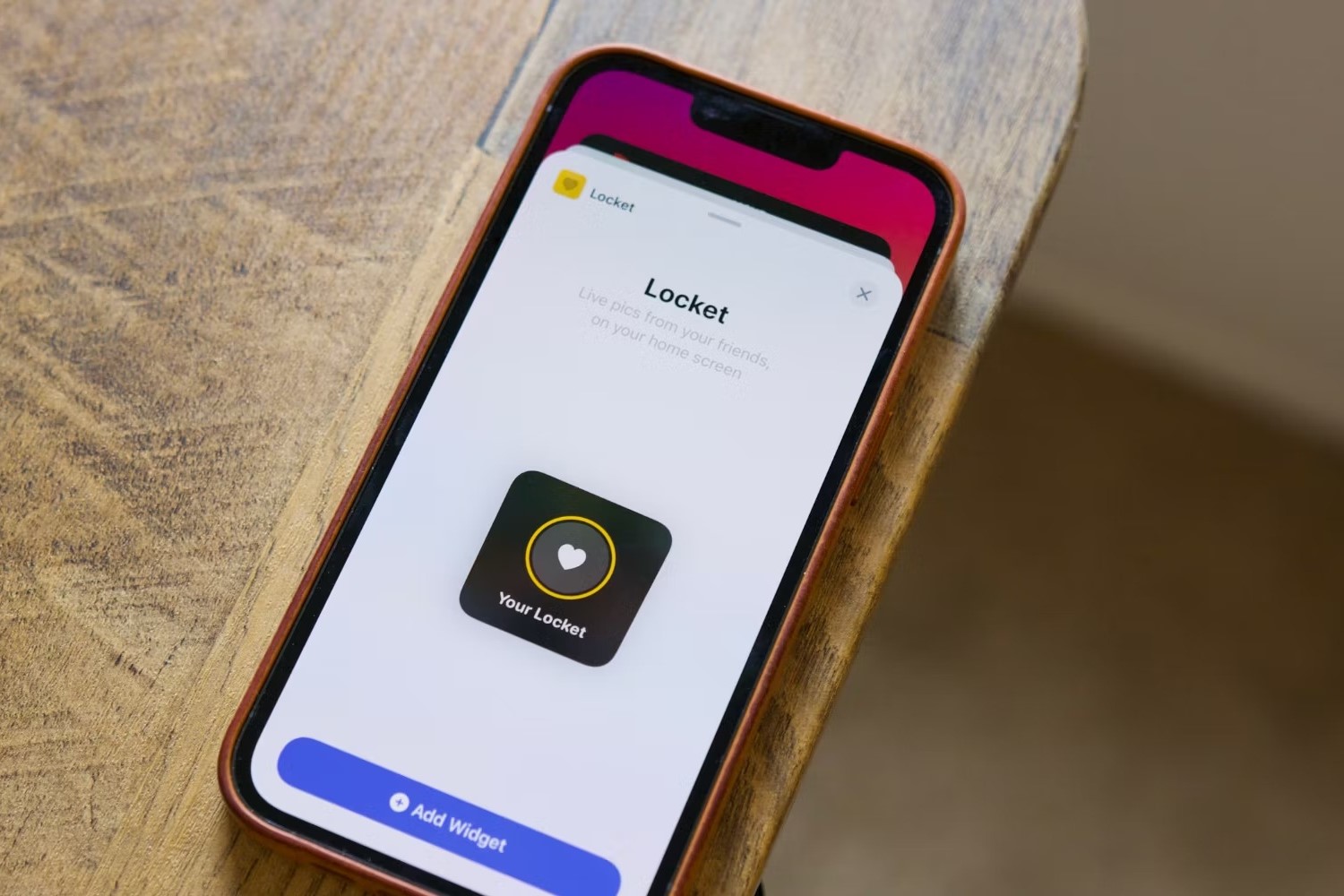
Understanding the Basics
Sending picture messages should be straightforward. On iPhones and Android devices, picture messages are typically sent via Multimedia Messaging Service (MMS) or iMessage (for Apple devices). MMS sends multimedia content like images and videos over cellular networks, while iMessage uses internet connectivity to send messages between Apple devices.
iPhone Specifics
On an iPhone, picture messages are sent via MMS if the recipient is not an Apple user or if iMessage is not enabled. If iMessage is enabled and the recipient is also an Apple user, the message will be sent over the internet using iMessage. Issues with MMS or iMessage can prevent picture messages from being delivered.
Android Specifics
On an Android device, picture messages are sent via MMS. Network settings or the Messages app issues can prevent the device from sending picture messages.
Common Issues and Solutions
1. MMS Messaging Not Enabled
One common reason for picture messages not sending is that MMS messaging is not enabled.
iPhone:
- Go to Settings: Open the Settings app on your iPhone.
- Select Messages: Tap on the Messages option.
- Enable MMS: Ensure that MMS Messaging is enabled. If not, toggle the switch to enable it.
Android:
- Open Settings: Open the Settings app on your Android device.
- Select Connections: Tap on Connections or Mobile Networks.
- Check MMS Settings: Ensure that MMS is enabled and the APN (Access Point Name) settings are correct. Reset the APN settings if they are incorrect.
2. Insufficient Storage Space
Low storage space can prevent sending picture messages.
iPhone:
- Go to Settings: Open the Settings app.
- Select General: Tap on General.
- Check iPhone Storage: Go to iPhone Storage and see if there is enough space available.
- Delete Unused Files: Remove any unused photos, videos, or apps to free up space.
Android:
- Open Files App: Open the Files app.
- Remove Unused Files: Delete any unused photos, videos, or files to free up storage space.
- Use External Storage: If your device supports expandable storage, move media files to an SD card to free up internal memory.
3. Network Issues
Network issues can also prevent picture messages from being sent.
iPhone:
- Check Network Coverage: Ensure that you have a stable cellular network connection. If the coverage is weak, try moving to an area with better coverage.
- Reset Network Settings: Go to Settings > General > Reset > Reset Network Settings. This will reset all Wi-Fi and cellular connections.
- Contact Carrier: If the issue persists, contact your carrier to verify if MMS messaging is allowed and if there are any network issues on their end.
Android:
- Check Network Coverage: Ensure that you have a stable cellular network connection. If the coverage is weak, try moving to an area with better coverage.
- Reset Network Settings: Go to Settings > System > Reset Options > Reset Wi-Fi, Mobile & Bluetooth. This will reset all cellular data, Wi-Fi, and Bluetooth settings.
- Contact Carrier: If the issue persists, contact your carrier to verify if MMS messaging is allowed and if there are any network issues on their end.
4. iMessage Issues (iPhone Only)
Issues with iMessage can prevent sending picture messages to other Apple users.
- Check iMessage Status: Ensure that iMessage is enabled. Go to Settings > Messages and check if iMessage is turned on.
- Turn Off and On iMessage: Sometimes, turning off iMessage and then turning it back on can resolve the issue.
- Check System Status: Visit the Apple System Status page to see if there are any issues with the iMessage service.
5. App Updates
Outdated apps can cause various issues, including problems with sending picture messages.
iPhone:
- Open App Store: Open the App Store.
- Search for Messages App: Search for the Messages app.
- Update Messages App: Tap on Update to download the latest version of the Messages app.
Android:
- Open Google Play Store: Open the Google Play Store.
- Search for Messages App: Search for the Messages app.
- Update Messages App: Tap on Update to download the latest version of the Messages app.
Advanced Troubleshooting Steps
If the above steps do not resolve the issue, try these advanced troubleshooting steps:
1. Reset iPhone Network Settings
Resetting network settings on an iPhone can sometimes resolve issues related to MMS or iMessage.
- Go to Settings: Open the Settings app.
- Select General: Tap on General.
- Reset Network Settings: Tap on Reset and then select Reset Network Settings.
2. Use AnyFix for iOS System Repair
If there are system issues on your iPhone, using an iOS system repair tool like AnyFix can help fix the problem.
- Download AnyFix: Download and install AnyFix on your computer.
- Scan for Issues: Run AnyFix and let it scan for system issues related to sending picture messages.
- Fix Issues: Follow the prompts to fix any identified issues.
Additional Tips
- Check for Carrier Restrictions: Some carriers may have restrictions on sending MMS messages. Check with your carrier to see if there are any specific settings or restrictions that need to be enabled.
- Use Alternative Methods: If all else fails, consider using alternative methods like email or cloud services like Google Drive to send pictures.
- Regularly Update Your Device: Keeping your device and apps up-to-date can prevent many issues, including problems with sending picture messages.
By following these tips and troubleshooting steps, you should be able to send picture messages without any issues. If problems persist, contacting your carrier or the manufacturer for further assistance may be necessary.
